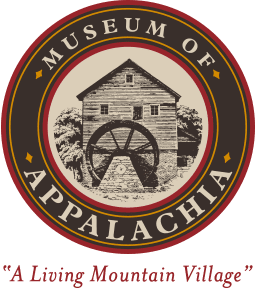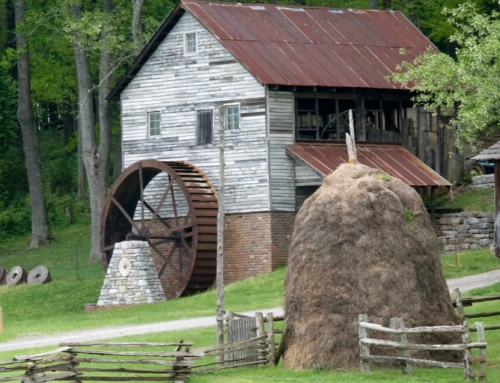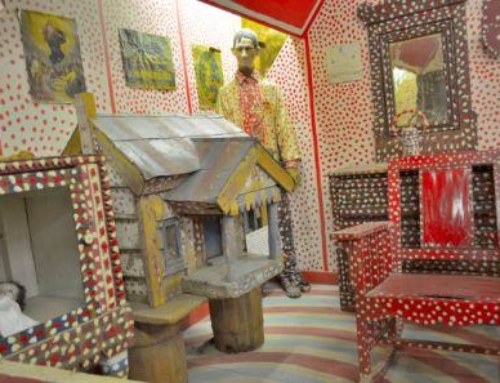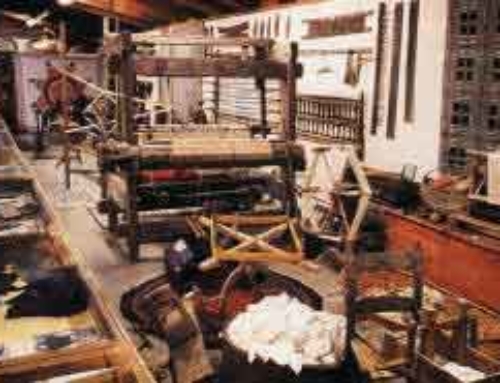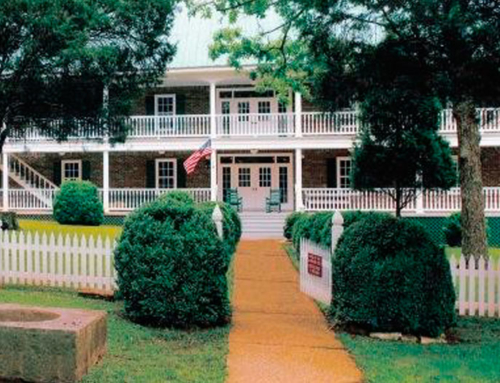The Museum of Appalachia Display Barn
Within the walls of this two-story barn lie a staggering number of pioneer relics belonging to a multitude of diverse collections. From a goosewing axe found near Fort Loudon to a rifling machine, this building is filled to the brim with thousands of items that tell the stories of rural life in Appalachia. A six-foot-long bear trap belongs to our exhibit on “Trapping, Fur, Hides, and Skins”—called one of the most comprehensive and diverse trapping exhibits in the country. Exhibits detailing the arts of coopering, leather making, and spinning and weaving, showcase the ingenuity of a hardworking people, determined to survive on the frontier.
On the second floor, you can learn about the history of dairying, gaze upon an extensive saw collection, or marvel at a folk art exhibit that is as impressive as it is unique. Upstairs, there’s even a section devoted to tools made from other tools.
For example, when Sheriff John Blevins raided a whiskey still near his home near Scott County, Tennessee, he confiscated the cedar container and used it as a butter churn for a half-century. In rural Appalachia, necessity was truly the mother of invention.
In addition, this building includes an actual post office, which once served the small village of Arthur, Tennessee. A replica of an “Old Country Store” is adjacent—complete to the last detail. Some items defy categorization, such as our piece of the former World’s Largest Poplar Tree, which was nearly 600 years old when the homeless man who was living inside of it accidentally burned it down.
